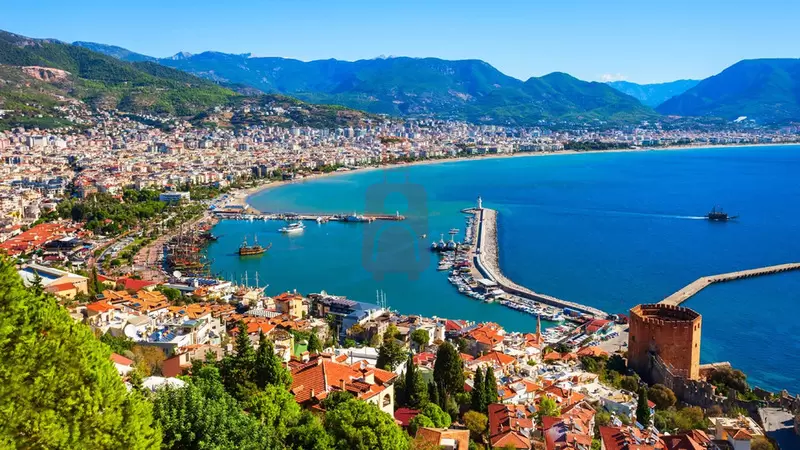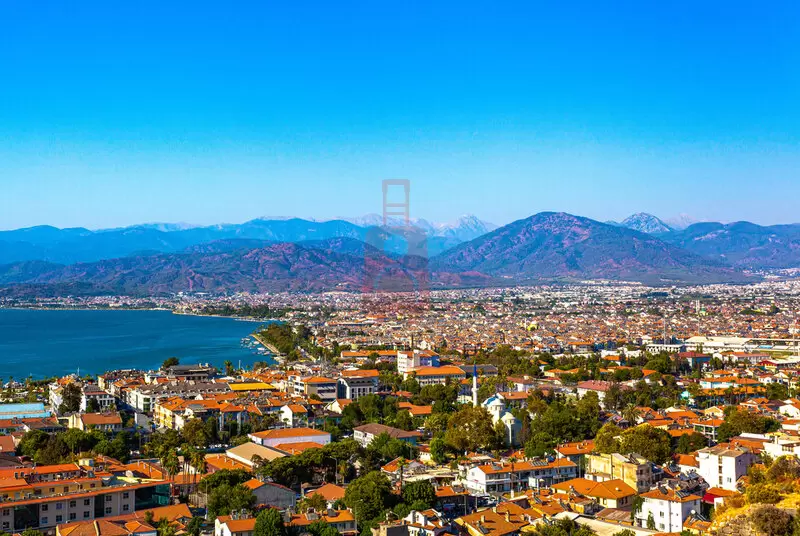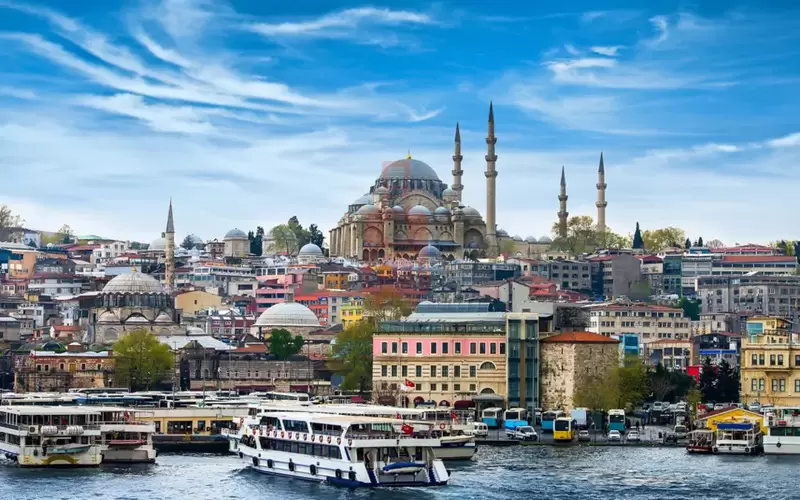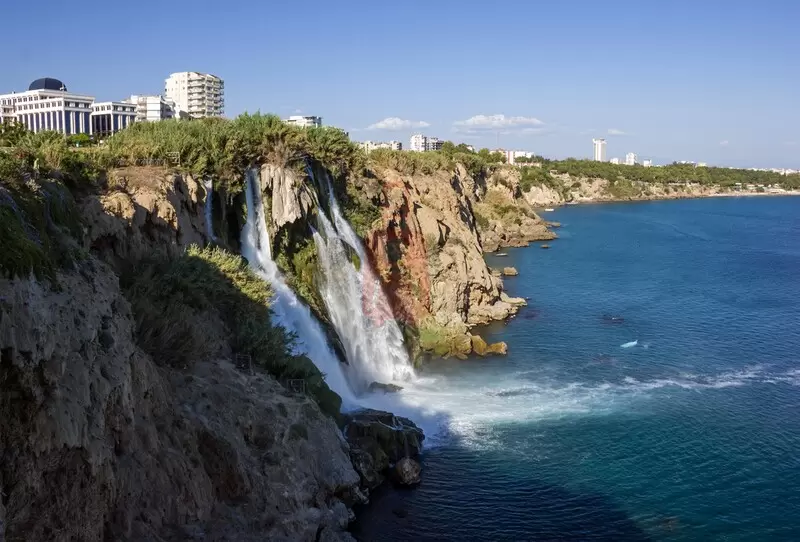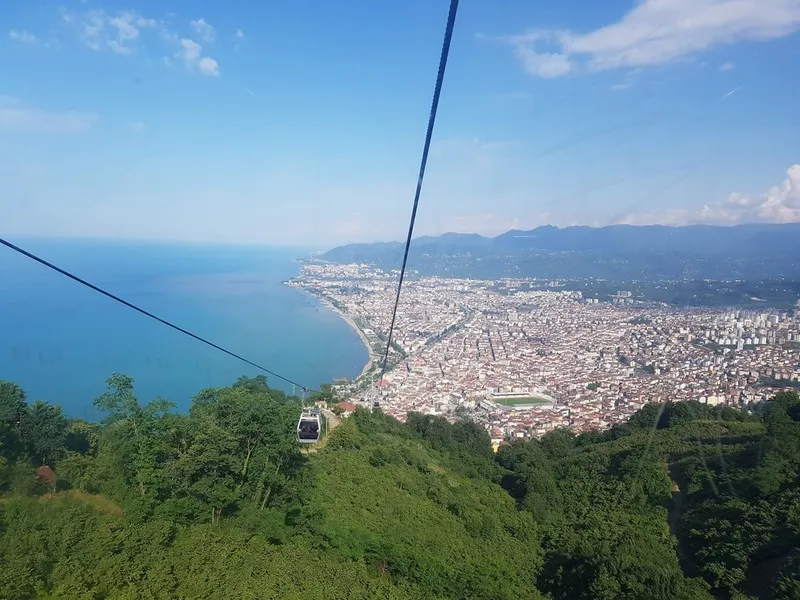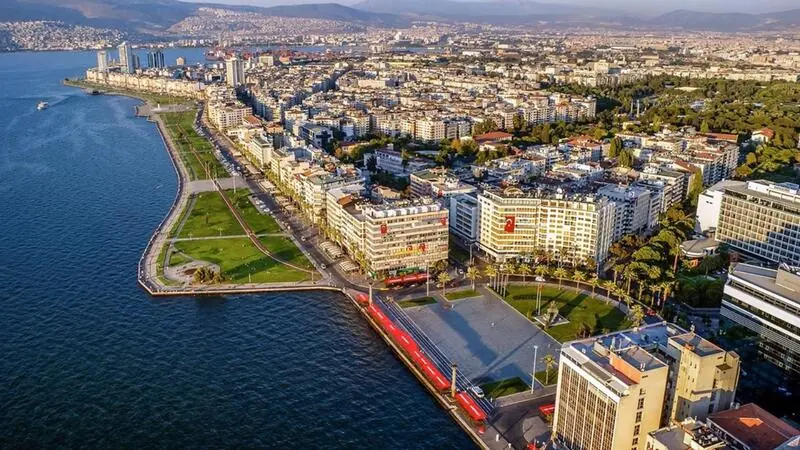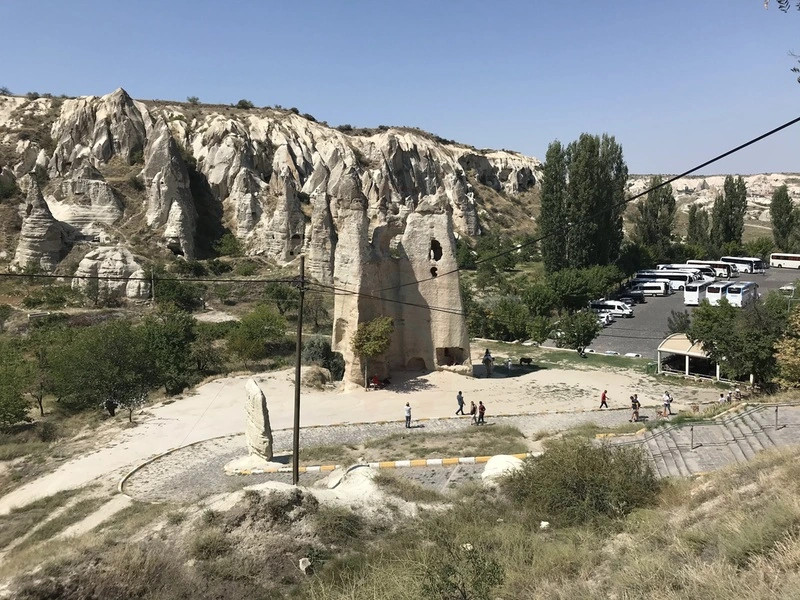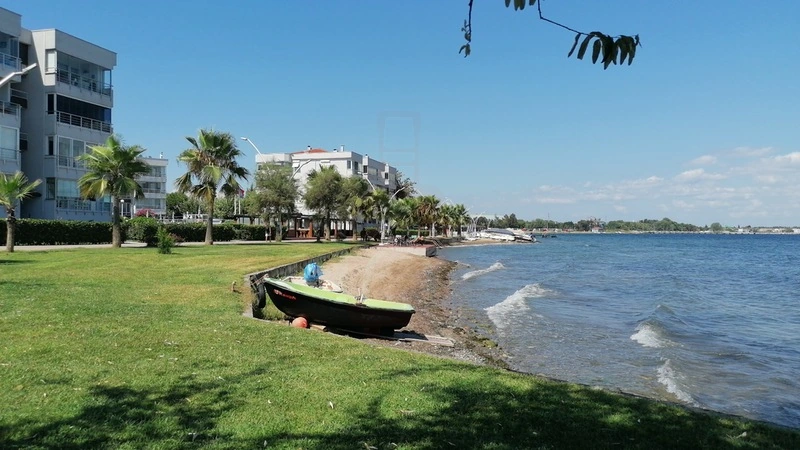
Road Trips in Türkiye: Unlocking the Freedom of the Open Road Across Anatolia
Türkiye, a vast canvas painted with ancient ruins, dramatic coastlines, and towering mountains, offers some of the most rewarding and visually stunning [Road Trips] in the world. The freedom of having your own vehicle allows you to dive deep into regional cultures, discover hidden Lycian coves, traverse high-altitude plateaus, and witness the convergence of European and Asian landscapes at your own pace. A road trip here is not just about the destinations; it's about the unforgettable journeys between them—the winding coastal highways, the aromatic olive groves, and the unexpected encounters in small, timeless villages.
As your professional guide, I confirm that Türkiye's infrastructure is generally excellent, with well-maintained highways connecting all major cities. This detailed guide highlights the country's most iconic and diverse road trip itineraries, ensuring your adventure captures the full spectrum of history, nature, and gastronomy.
I. The Turquoise Riviera Grand Tour: Fethiye to Antalya (The Lycian Coast)
This is arguably the most famous and visually dramatic road trip route in Türkiye, following the historic coast of the Lycian civilization. The journey is defined by hairpin turns, steep mountain passes, and frequent views of the impossibly blue Mediterranean Sea.
The Route Highlights: Sea, Sand, and Sunken Cities
Starting the drive from [Fethiye] (or its surroundings like [Ölüdeniz]), you follow the D400 highway eastward.
- Kaş and Kalkan: These are essential stops. The road between [Kalkan] and [Kaş] offers some of the route's most breathtaking viewpoints. [Kaş], with its picturesque marina and ancient amphitheater, is perfect for a relaxed two-day stay.
- Kaputaş Beach: A mandatory photo stop. This small, turquoise cove is visible directly from the highway, and the descent via numerous steps is well worth the effort for a refreshing swim.
- Patara and Xanthos: Near [Kalkan], the road passes the vast [Patara Beach] (Türkiye’s longest) and the stunning ruins of [Xanthos Ancient City], offering a blend of beach relaxation and profound historical exploration.
- Olympos and Çıralı: The road detours to the secluded coastal villages of [Çıralı] and [Olympos], home to Lycian ruins, pristine beaches, and the mythological [Chimera Flames] (Yanartaş). This segment requires slowing down and enjoying the natural setting.
The [Fethiye-Antalya Road Trip] is best undertaken in the [Spring or Autumn] to avoid traffic and high temperatures, allowing you to stop frequently to swim in the numerous secluded bays.
II. The Black Sea Trail: Trabzon to Artvin (Nature Immersion)
This route is a complete departure from the Mediterranean sun, offering a deep dive into humid, mountainous terrain defined by lush tea plantations, thick pine forests, and high-altitude [Yaylas] (plateaus). The journey is as much about the driving experience (winding, sometimes narrow roads) as it is about the destinations.
The Route Highlights: Mist, Monasteries, and Mountains
The journey typically starts from [Trabzon] or [Samsun] and follows the coastal road east toward [Artvin] and the Georgian border.
- Sümela Monastery: A necessary detour inland near [Trabzon]. This awe-inspiring [Greek Orthodox Monastery] is dramatically built directly into a steep cliff face of the [Mela Mountain], demanding a stop for its architectural and spiritual grandeur.
- Uzungöl: Famous for its natural beauty, this lake surrounded by steep mountains and forests is a major stop for tranquil views and lakeside walks.
- Ayder Yaylası (Plateau): Near [Rize], the road ascends to this popular high-altitude plateau, known for its thermal springs, authentic wooden architecture, and misty weather. It is a fantastic base for [trekking] in the lower Kaçkar Mountains.
- Borçka Karagöl: Heading towards [Artvin], the road leads to the tranquil [Karagöl Lake], a perfect finale to the Black Sea nature escape, offering stunning reflections and untouched wilderness.
This [Black Sea Road Trip] is highly recommended for [Summer] travel (June to September), as the high mountains provide a cool retreat from the heat and the roads are clearer of winter snow.
III. Central Anatolian History Loop: Ankara to Cappadocia (The Magical Steppe)
This road trip focuses on the dramatic transition from the modern capital to the mystical heart of Anatolia, encompassing history, unique geology, and cultural centers.
The Route Highlights: Fairy Chimneys and Underground Cities
Starting in [Ankara] (a chance to visit [Anıtkabir]), the journey heads southeast into the Anatolian plateau.
- The Salt Lake (Tuz Gölü): A vast, shimmering white expanse that makes for an unforgettable scenic drive and an incredible photography stop, especially around sunset.
- Kapadokya: The heart of the journey. Base yourself in towns like [Göreme], [Uçhisar], or [Ürgüp] to explore the [Fairy Chimneys] and geological formations. Key driving tours include the [Rose Valley] and [Love Valley] routes.
- Derinkuyu: Drive to the [Derinkuyu Underground City] for a fascinating historical exploration of the multi-level subterranean refuges built centuries ago.
- Ihlara Valley: A short, scenic drive from the main region, this [Canyon] offers a beautiful river walk and hidden rock-cut churches, providing a refreshing break from the arid steppe.
The [Cappadocia Road Trip] offers a distinct experience year-round, though [Spring] brings wildflowers and [Autumn] offers fantastic colors and perfect hiking weather.
IV. Planning Essentials for the Turkish Road Trip
Success on the Turkish road requires preparation, as distances are vast and regional climates vary dramatically.
- Car Selection: For the coastal and central routes (D400, Cappadocia), a standard vehicle is sufficient. However, for exploring remote [Yaylas] in the Black Sea or deep tracks near [Mardin], a [4x4 or SUV] is strongly recommended.
- Navigation: While major highways are well-signed, satellite navigation (GPS) is crucial, especially when navigating historical districts or small mountain roads. Have offline maps downloaded.
- Fuel and Breaks: Plan fuel stops carefully, especially in Eastern and Central Anatolia where services can be sparse between cities. Utilize otogar (bus station) or main highway facilities for reliable rest stops.
- Safety and Rules: Türkiye drives on the [right], and road signs follow international standards. Be mindful of speed cameras and respect local drivers who may use aggressive overtaking maneuvers.
- Accommodation: Book ahead, especially in small, popular boutique towns like [Kaş] or [Alaçatı] during the peak summer months, as availability is limited. For the Black Sea, look for charming local [Pansiyons] or guesthouses.
A Turkish road trip is the ultimate freedom ticket, allowing you to curate your own timeline, discover unparalleled [natural wonders], and engage directly with the history that unfolds at every turn of the wheel. [Hit the road] and let Anatolia reveal its many layers.
